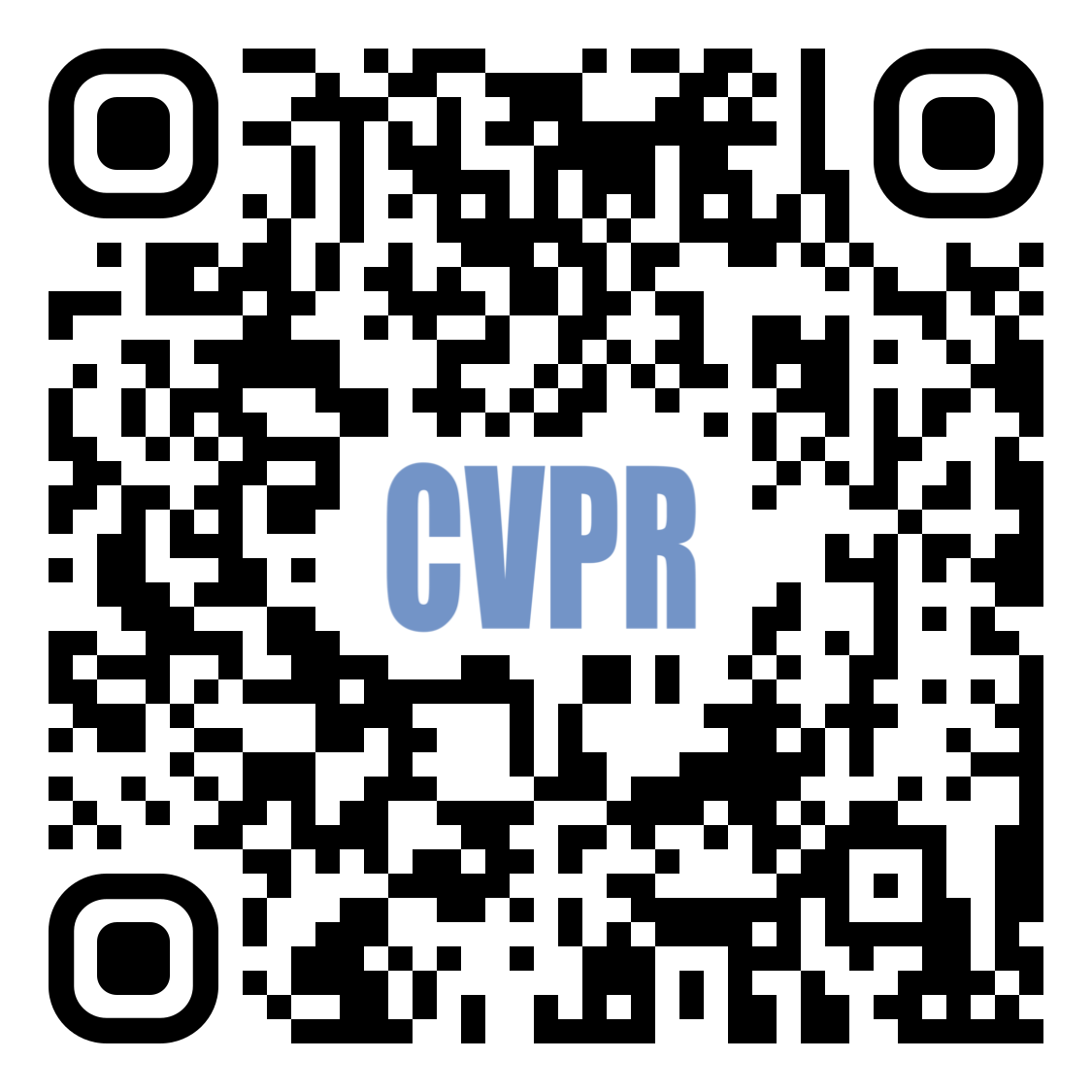VolRAFT: Volumetric Optical Flow Network for Digital Volume Correlation of Synchrotron Radiation-based Micro-CT Images of Bone-Implant Interfaces
In materials science research, digital volume correlation (DVC) analysis is commonly used to track deformations and strains to elucidate morphology-function relationships. Optical flow-based DVC is particularly popular because of its robustness to estimate the correlation as a dense deformation vector. Recently, computer vision researchers showed that network-based optical flow approaches can outperform classical iterative optical flow approaches. In this paper, we propose a supervised machine learning approach for digital volume correlation, VolRAFT, that estimates the 3D displacement vector between the reference volume and the deformed volume. The proposed approach extends the state-of-the-art network-based optical flow method, RAFT, from 2D images to 3D volumes such that it predicts the volumetric displacement vector from the input volume pairs. Experiments show that the proposed network performs well in estimating different displacement fields when compared to cutting-edge iterative DVC methods for bone-implant materials based on high resolution synchrotron-radiation micro-computed tomography imaging data.
Abstract from Wong, T.M., Moosmann, J. & Zeller-Plumhoff, B. (2024). VolRAFT: Volumetric Optical Flow Network for Digital Volume Correlation of Synchrotron Radiation-based Micro-CT Images of Bone-Implant Interfaces. CVPR Workshops. 2024.
If you use this code in your scientific publication, please cite the paper
VolRAFT: Volumetric Optical Flow Network for Digital Volume Correlation of Synchrotron Radiation-based Micro-CT Images of Bone-Implant Interfaces
Tak Ming Wong, Julian Moosmann, Berit Zeller-Plumhoff
IEEE/CVF Conference on Computer Vision and Pattern Recognition (CVPR) Workshops, 2024
@InProceedings{wong2024volraft,
author = {Wong, Tak Ming and Moosmann, Julian and Zeller-Plumhoff, Berit},
title = {VolRAFT: Volumetric Optical Flow Network for Digital Volume Correlation of Synchrotron Radiation-based Micro-CT Images of Bone-Implant Interfaces},
booktitle = {Proceedings of the IEEE/CVF Conference on Computer Vision and Pattern Recognition (CVPR) Workshops},
month = {June},
year = {2024},
pages = {53-62}
}
Paper:
Datasets:
- Bone-implant materials: please contact us to access the datasets as it is too large for hosting on public-available platforms.
Code:

Download paper here |

The GitHub repository |

CVPR Workshops - CV4MS |
| Library | version | Description |
|---|---|---|
pytorch |
2.1.0 | with CUDA |
numpy |
1.26.0 | |
matplotlib |
3.8.1 | |
scipy |
1.11.3 | |
PIL |
10.1.0 | |
tqdm |
4.66.1 | |
pyyaml |
6.0.1 |
Create a conda environment by this mamba command (or probably by conda):
mamba create -n volraft pytorch==2.1.0 torchvision==0.16.0 torchaudio==2.1.0 pytorch-cuda=11.8 numpy=1.26.0 matplotlib=3.8.1 scipy=1.11.3 pillow=10.1.0 tqdm=4.66.1 pyyaml=6.0.1 -c pytorch -c nvidia -c conda-forge
Full conda environment can be found in environment.yaml
checkpoints contains the checkpoint file and its corresponding YAML configuration file.
datasets contains:
dataset.pyis the dataset class.combine_yaml.pyandsplit_datasets_yaml.pyare Python function files to combine and split all YAML files.datasets.yamlcontains the dataset YAML file for training and testing.
models contains:
- all Python classes related to models and netowkrs
configcontains all configurations (hyperparmeters) of models in YAML format.VolRAFTcontains Python scripts of the VolRAFT class extended from theRAFTrepository.
scripts contains:
prepare_data.shis the reference shell script to prepare datasets by loading measurements and flows from YAML lists to numpy files.train.shis the reference shell script to train the model.infer.shis the reference shell script to run inference.analysis.shis the reference shell script to analyze the inference result in comparison to other methods.
utils contains all Python classes for all utilities and structure classes.
prepare_data.py is the Python script to prepare datasets by loading measurements and flows from YAML lists to numpy files.
train.py is the Python script to train the model.
infer.py is the Python script to run inference based on the provided checkpoints or the trained checkpoints stored in results directory.
analysis.py is the Python script to analyze the inference result in comparison to other methods based on the slices indicated in analysis.yaml.
results will store all information and logging files after running these scripts.
The Python style guide is PEP 8.
There are 2 symbolic links that needs to be prepared:
volraft_measurementslink to the folder that contains all measurement volumes.volraft_datasetslink to the folder that will store all of the generated synthetic datasets for training and testing.
Please run these commands to create the symbolic links:
ln -s <path/to/measurements> ~/volraft_source/volraft_measurements
ln -s <path/to/datasets> ~/volraft_source/volraft_datasets
Run the data preparation script by sh scripts/prepare_data.sh.
Refer to prepare_data.sh
Now, you can run the training script by sh scripts/train.sh.
Refer to train.sh
Train the network and get the full path of training checkpoints in results directory.
Then, put the full-path to the training checkpoints in results directory:
# folder path to checkpoint
CHECKPOINT_PATH="./checkpoints/volraft_config_120/checkpoint_20240119_184617_980292"
Now, you can run the inference script by sh scripts/infer.sh.
Refer to infer.sh
Run MBS-Opt-flow
- Please compile
MBS-Opt-flow. - Navigate to the dataset folder that you want to run (e.g.
cd volraft_datasets/volume_960x1280x1280/2021_11008741_syn0154_103L_Mg5Gd_4w_000_fs004). - Run the script
run_mbsoptflowfor the MBS-Optflow vanilla setting (Caution: need to create a symbolic link~/mbsoptflowto locate the build folder). - Run the script
run_mbsoptflow_opt18for the MBS-Optflow optimal setting (Caution: need to create a symbolic link~/mbsoptflowto locate the build folder).
Run inference and get the full path of inference result in results directory.
Then, put the full-path to the analysis script analysis.sh:
# folder path to result of inference
RESULT_PATH="<path/to/infer/result>" # TODO: change to your own path
Now, you can run the analysis script by sh scripts/analysis.sh.
Refer to analysis.sh
We welcome contributions from everyone who is willing to improve this project. Here's how you can contribute:
If you find a bug in the code or a mistake in the documentation, you can help us by submitting an issue to the GitHub Repository. With your report, please include:
- Your operating system and version
- The version of the project you're using
- A detailed description of the bug or error
- Steps to reproduce the bug
If you want to apply VolRAFT to other imaging modalities/datasets/samples, you can contact us or can submit an issue to the GitHub Repository.
We specially thank for the contributions of open source projects:
MBS-Opt-flow: MBS 3D Optical Flow.RAFT: Recurrent All Pairs Field Transforms for Optical Flow.
We thank Dr. Stefan Bruns for his valuable insight and the fruitful discussions regarding the optimization of the MBS-Opt-flow framework.
- We acknowledge the Deutsches Elektronen-Synchrotron DESY (Hamburg, Germany), a member of the Helmholtz Association HGF, for the provision of beamtime, related to the proposal 20180109 at the imaging beamline (IBL) P05 at PETRA III at DESY.
- We acknowledge the ErUM-Data Verbundprojekt 'KI4D4E: Ein KI-basiertes Framework für die Visualisierung und Auswertung der massiven Datenmengen der 4D-Tomographie für Endanwender von Beamlines' which is funded by the Bundesministeriums für Bildung und Forschung (BMBF) (Förderkennzeichen 05D23CG1).
This research was supported in part through the Maxwell computational resources operated at DESY.
This project is licensed under the MIT License - see the LICENSE file for details.